Top Things to Know Before Buying a Beautiful Garden at Home
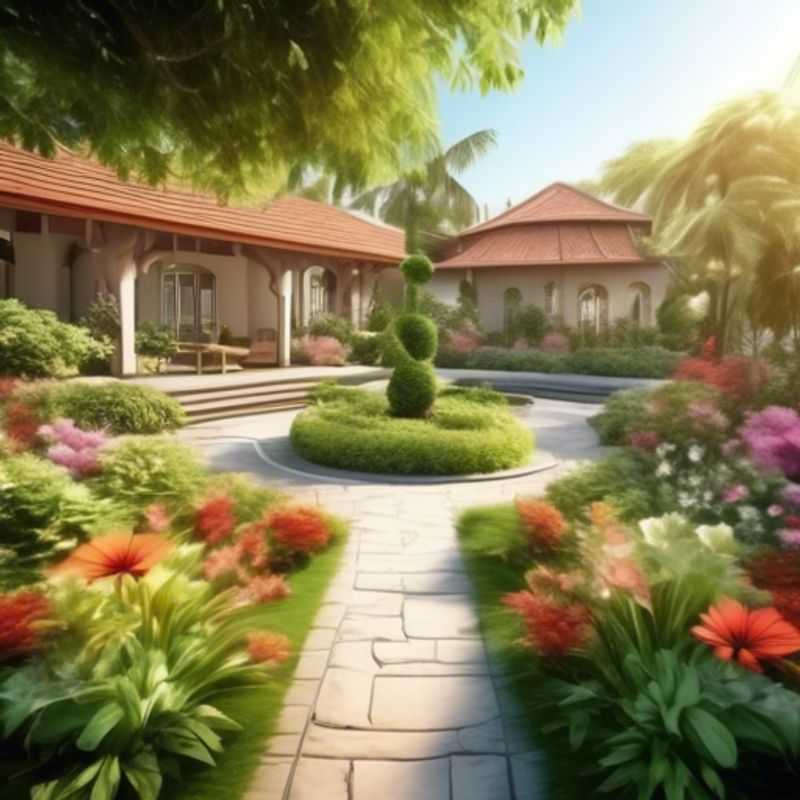
Top Things to Know Before Buying a Beautiful Garden: From Climate to Care
Ah, the allure of a beautiful garden at home! It's a dream shared by many, and rightfully so. A garden is a haven, a space to connect with nature, and a source of immense joy. But before you embark on this horticultural adventure, there are a few essential things you need to consider.
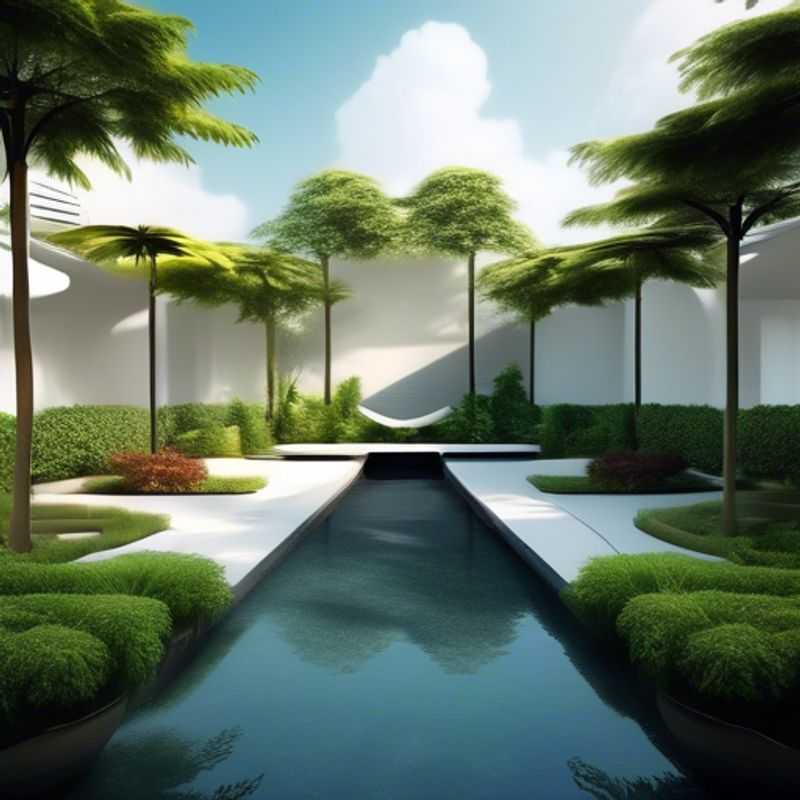
Unlocking Your Garden's Secrets: Understanding Climate and Soil Conditions
Understanding your garden's climate and soil conditions is crucial for successful gardening. It influences the types of plants you can grow, the timing of planting and harvesting, and the care your plants need.
Climate: This refers to the long-term weather patterns in your area. Factors like temperature, rainfall, and sunshine hours determine which plants thrive in your garden. You can find information about your local climate online or at your local gardening center.
Soil: This is the foundation of your garden. The soil's texture, composition, and pH level affect plant growth. You can test your soil's pH using a home kit or by sending a sample to a lab for analysis.
Understanding your garden's climate and soil allows you to:
Choose the right plants: Select plants that are adapted to your specific climate and soil type. For example, if your garden has heavy clay soil, choose plants that tolerate wet conditions.
Optimize planting and harvesting times: Plan your planting and harvesting schedules based on your climate's frost dates and growing season length.
Provide appropriate care: Understand how much water, fertilizer, and sunlight your plants need based on your climate and soil type.
By understanding your garden's climate and soil conditions, you can set yourself up for success. Remember, this information is just a starting point. You can find more detailed information online or by consulting with local experts.
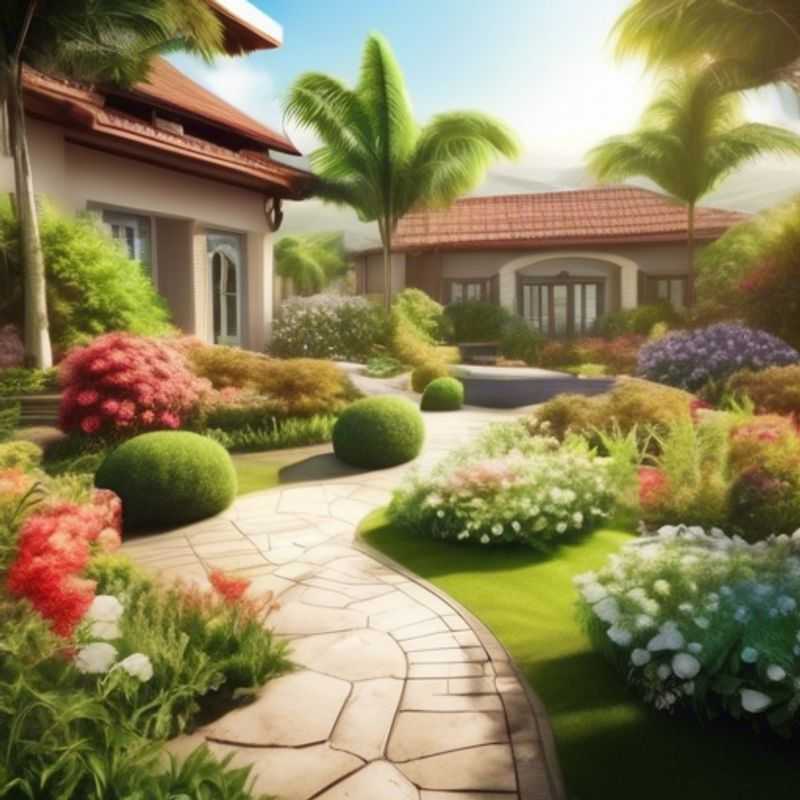
Green Thumbs Up: Researching the Perfect Plants for Your Region
Before you start planting, it's crucial to understand the growing conditions of your area. This includes factors like climate, soil type, and amount of sunlight. Climate encompasses average temperature, rainfall, and humidity. Soil type determines the drainage and nutrient content, while sunlight exposure dictates the amount of time your plants receive direct sunlight. Understanding these factors will help you select plants that are most likely to thrive in your specific environment.
You can research online resources, consult local nurseries, or contact your local extension office. These resources can provide tailored information about plants that thrive in your area, including native plants. Native plants are well-adapted to the local climate and soil conditions and often require less maintenance.
Consider visiting nearby parks, gardens, or botanical gardens to observe plants that are thriving in similar conditions. Note their species and characteristics to gain inspiration for your own garden. Additionally, you can engage with local gardening communities online or in person to learn from experienced gardeners in your area.
Remember, planning ahead is key to successful gardening. Researching and selecting the right plants based on your local conditions can save you time, effort, and money in the long run.

Sunlight Symphony: Understanding Your Garden's Light Needs
Understanding the amount of sunlight your garden receives is crucial for successful gardening. This vital information dictates which plants thrive in your space.
Sunlight Intensity: Gardens are broadly categorized into three sunlight zones: full sun (at least 6 hours of direct sunlight daily), partial sun (3-6 hours of direct sunlight), and shade (less than 3 hours of direct sunlight).
Identifying Your Garden's Sunlight Exposure: Observe your garden throughout the day, particularly during peak sunlight hours. Note the areas that receive direct sunlight, dappled shade, or remain in constant shade.
Matching Plants to Sunlight Needs: Once you know your garden's sunlight exposure, research plants that thrive in those conditions. Choose plants suited for full sun, partial sun, or shade.
Sunlight Considerations: Remember, factors like nearby structures, trees, and the time of year can affect sunlight exposure. Consider these when planning your garden.
Sunlight Measurement Tools: For greater accuracy, consider using a light meter to measure sunlight intensity in your garden.
By understanding your garden's sunlight exposure, you can choose the right plants to flourish in your space, maximizing their growth and beauty.
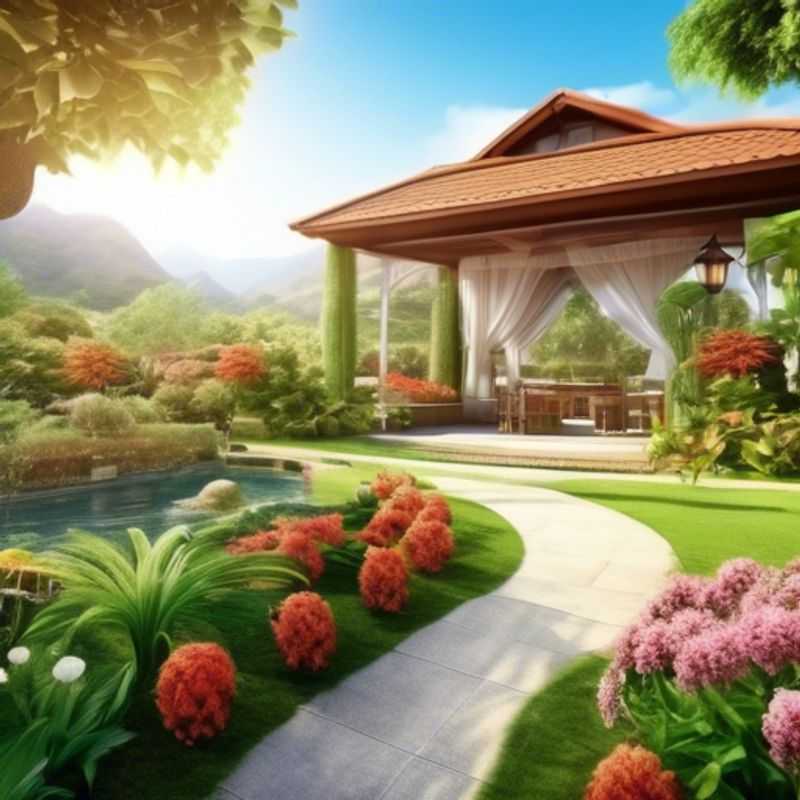
Measure, Plan, Conquer: How to Master Layout Design with Space Awareness
Measuring the available space is a crucial first step in planning an effective layout, whether for an office, home, or any other environment. Start by accurately measuring the dimensions of your area, including length, width, and height. Utilize tools like a tape measure or laser distance measurer for precision. Next, consider the placement of doors, windows, and electrical outlets, as these features can significantly impact your layout options.
After gathering your measurements, create a scaled floor plan to visualize the space. This can be done using graph paper or digital design software. Be sure to include furniture dimensions to ensure everything fits comfortably. When estimating costs for your layout, consider potential paid activities such as hiring an interior designer, purchasing software for 3D modeling, or even consulting with a space planner.
Additionally, if you intend to make structural changes, you may need to factor in permits and contractor fees. Always plan for a contingency budget to accommodate unexpected expenses. By thoroughly measuring and planning, you can create a layout that maximizes both functionality and aesthetic appeal.

Cultivating Your Green Thumb Without Busting Your Budget: A Guide to Garden Planning and Spending
Crafting a budget for your garden project is essential, ensuring you avoid overspending while maximizing your investment. Start by outlining your goals, whether it's a vegetable patch, a flower haven, or a relaxing oasis. This will guide your decisions. Next, consider the essential components like soil, plants, tools, and any necessary infrastructure like fencing or irrigation systems.
Don't underestimate the cost of plants, as this can quickly add up. Research prices for different varieties, consider starting from seeds or seedlings, and explore local nurseries for deals. Remember to factor in the ongoing costs, including fertilizers, pesticides, water, and maintenance tools.
Break down your budget into manageable categories, like planting materials, tools, construction, and ongoing maintenance. This allows for more precise planning and ensures you don't miss any essential expenses. Remember to include a contingency fund for unforeseen costs, such as replacing damaged tools or unexpected plant replacements.
Now, for the crucial part – sticking to your budget. Avoid impulse purchases, stick to your list, and leverage online resources for price comparisons and deals. Remember, a well-planned budget is the foundation for a successful and enjoyable garden experience.
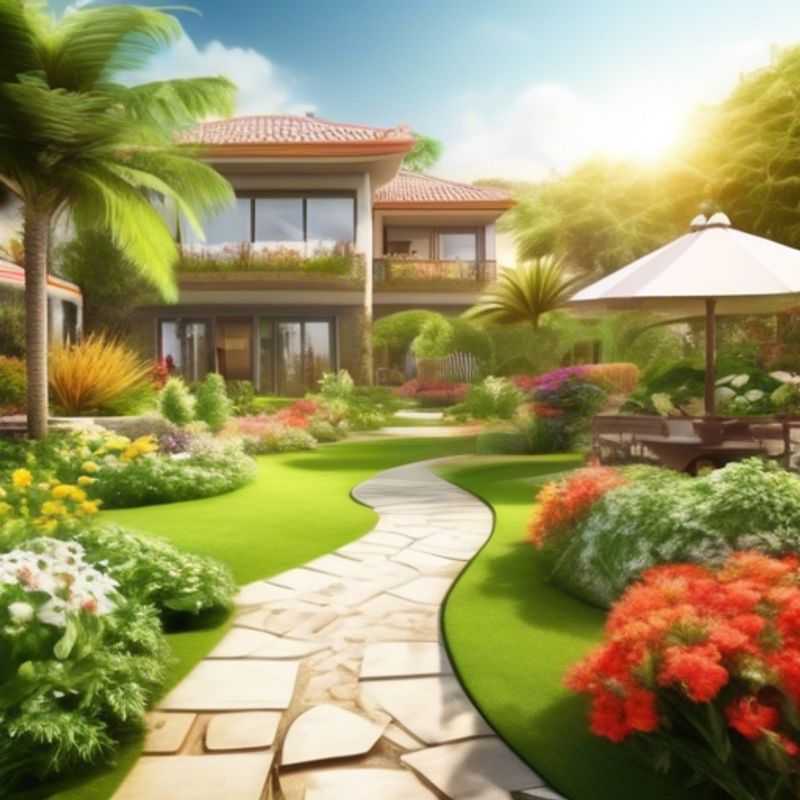
Unlocking the Secrets of Plant Care: A Guide to Maintenance Mastery
Caring for plants is a rewarding experience that brings life and beauty to any space. However, ensuring their well-being requires understanding their specific needs and providing the right care. Here's a quick guide to plant care and maintenance:
Light: Different plants have different light requirements. Some thrive in bright, direct sunlight, while others prefer indirect or low light conditions. Observing your plant's leaves can help determine its light preferences. Yellowing leaves often indicate insufficient light, while wilting can be a sign of excessive exposure.
Watering: The frequency of watering depends on the plant's species, the size of the pot, and the surrounding environment. It's best to let the top inch of soil dry out between waterings. Overwatering is a common problem, and can lead to root rot.
Soil: Most plants prefer well-draining soil that allows for proper aeration. You can use a general-purpose potting mix, or tailor the soil to your plant's specific requirements. Fertilizer: Plants need nutrients to grow. Use a balanced fertilizer, diluted to the recommended strength, every few weeks during the growing season.
Pruning: Pruning removes dead or damaged leaves, encourages growth, and maintains the plant's shape. You can also pinch back new growth to promote bushier plants.
Pests and Diseases: Inspect your plants regularly for signs of pests or diseases. Infestations can often be treated with insecticidal soap or neem oil. Diseases are usually treated with fungicides.
Remember, every plant is unique and may have individual needs. By paying close attention to your plants and responding to their needs, you can create a thriving and beautiful indoor or outdoor garden.
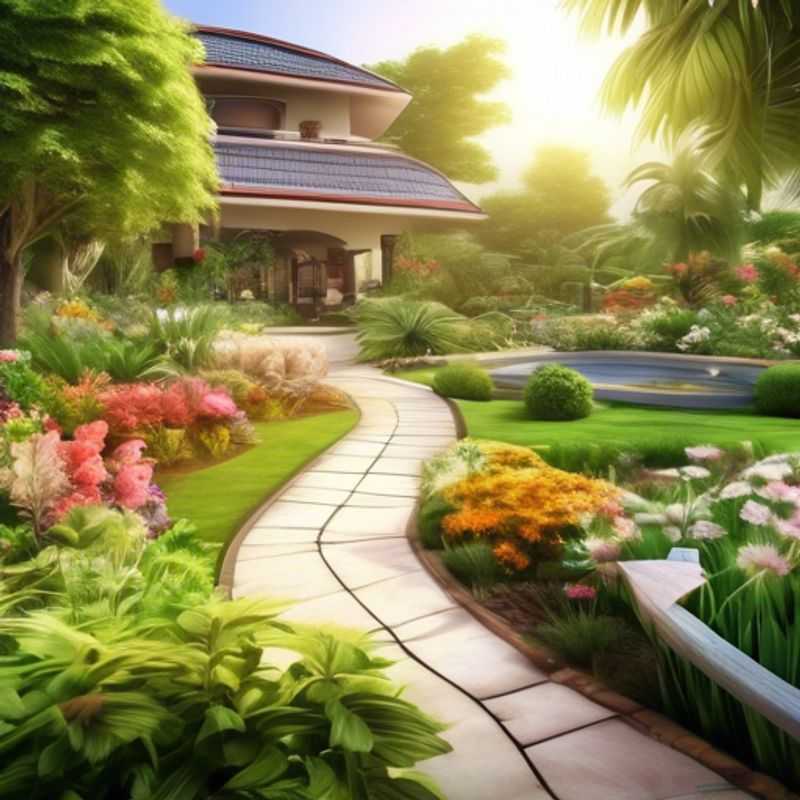
Finding the Perfect Plants: Exploring Local Nurseries and Online Retailers
When it comes to finding the perfect plant for your home or garden, there are two main avenues you can explore: local nurseries and online retailers.
Local nurseries offer a tangible experience. You can see the plants in person, assess their health, and ask questions to knowledgeable staff. They often carry a wider selection of plants that are suitable for your specific climate and growing conditions. The downside? You might have a limited selection and their prices might be higher compared to online retailers.
Online retailers, on the other hand, offer a vast selection of plants from around the world, often at lower prices. The downside? You can't see the plants in person, and shipping costs can add up. However, the convenience of browsing and purchasing from the comfort of your home is undeniable.
Important things to consider:
1. Plant health: Both local nurseries and online retailers should provide healthy plants. Look for signs of pests, diseases, or wilting.
2. Customer reviews: Online retailers often have customer reviews which can provide valuable insights into the quality of their products and services.
3. Shipping: Online retailers offer various shipping options with varying costs and delivery times. Choose the option that best suits your budget and timeframe.
4. Returns: If you're not satisfied with your purchase, both local nurseries and online retailers should have return policies. Double-check their policies before purchasing.
Ultimately, the best approach for finding quality plants depends on your individual needs and preferences. A blend of both local nurseries and online retailers can often be the most rewarding.
